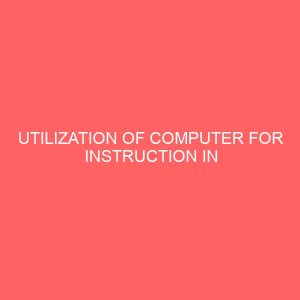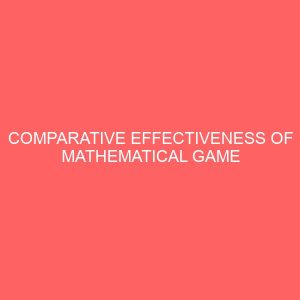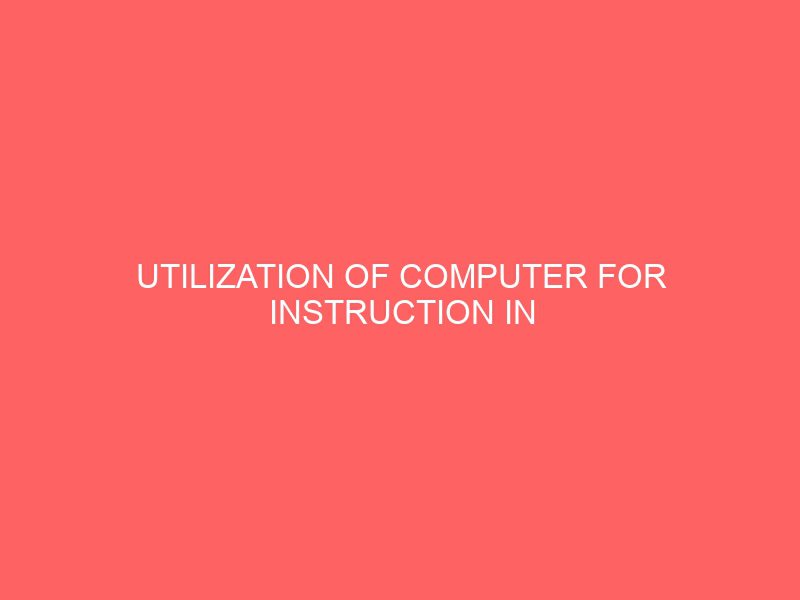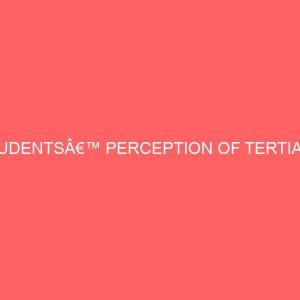Description
CHAPTER ONE INTRODUCTION Background of the Study Information and communications technology has become highly important in everyday affair among policy makers, economists, academics, general public and private organizations. Seminars, conferences and workshops are being organized every year across the world on the relevance of Information and Communication Technology (ICT) which emphasizes its importance for the society as well as individual development. Curtin (2002) opined that information and communication technology is a set of tools and application that are facilitated by electronic means to capture, store, process, transmit and display information. According to Ogechukwu and Osuagwu (2010), information and communication technology is the processing and maintenance of information and the use of all forms of computer communication network and mobile technologies to mediate information. Information and communication technology is an umbrella term that includes any communication devices or application, encompassing; radio, television, cellular, phones, computer and other network hardware and software, satellite system and among others, as well as the various services and application associated with them, such as video conferencing and distance learning. Information and communication technology is utilized in various context such as education, health care, agriculture, library among others. One of the ways by which ICT is utilized in education is through computer assisted instruction. Computer assisted instruction is the utilization of computer for instructional planning, delivery and evaluation (Aginam, 2006). The usefulness of ICT depends on the locality, culture and the particular ICT that is available and how it is configured and managed. 1 The use of computer for instruction is self-learning technique, usually offline or online, involving interaction of the student with programmed instructional materials. Wikimedia (2008) expressed that computer for instruction is an interactive instructional technique whereby a computer is used to present the instructional materials and monitor the learning that takes place. Computer assisted instruction uses a combination of text, graphics, sound and video in enhancing the learning process. It uses tutorials, drill and practice, simulations, and problem solving approaches to present topics and to test students understanding. The advantage of computer assisted instruction to both teachers and students include its flexibility in the use of multiple choice question as well as the provision of immediate feedback, summary of students? performance, exercise for practice and worksheet and text (Ajayi, 2005). Computer assisted instruction as viewed by Ayo (2001) is the use of computer system and telecommunication equipment in information processing during classroom instruction. In the education context, it refers to various resources and tools (software) presented through computer. Some examples of ICT tools, according to Akuegwu (2011) include desktop, laptops, video machines, multi







